
3D printing has revolutionized the world of jewelry design, offering jewelers a powerful tool to bring their intricate and imaginative creations to life with unprecedented precision and efficiency.
With the advancement of 3D printing technology, the possibilities for designing and producing exquisite jewelry have expanded exponentially. In this comprehensive article, we will explore valuable tips and techniques to optimize the 3D printing process for jewelry designs. From selecting the right materials and printers to mastering post-processing and finishing, this guide aims to equip jewelry designers with the knowledge and skills to achieve outstanding results in their 3D printed jewelry pieces.
Understanding 3D Printing for Jewelry Designs
3D printing for jewelry designs is a cutting-edge manufacturing process that utilizes additive manufacturing technology to create intricate and customized jewelry pieces. Also known as additive manufacturing, 3D printing builds objects layer by layer using digital 3D models as a blueprint. This innovative technique has revolutionized the jewelry industry, allowing designers to bring their creative visions to life with unparalleled precision, complexity, and efficiency.
The 3D printing process for jewelry involves several key steps:
- Digital Design: The journey begins with the creation of a digital 3D model of the jewelry design using Computer-Aided Design (CAD) software. Jewelry designers or digital sculptors use specialized CAD programs to craft intricate and organic shapes, leveraging powerful tools to achieve fine details, patterns, and textures. This digital design becomes the blueprint for the 3D printing process.
- Slicing and Orientation: The 3D design is sliced into thin horizontal layers using slicing software. This process determines the path and direction of the 3D printer’s nozzle or laser during the printing process. Proper orientation is crucial to achieve the desired finish, minimize support structures, and optimize print time.
- Material Selection: Different 3D printing technologies use specific materials suitable for jewelry applications. For example, some printers use resin-based materials, like castable resins for investment casting, while others use metal powders for direct metal printing. The choice of material depends on factors such as the design complexity, desired finish, and intended application of the jewelry piece.
- 3D Printing Process: Once the digital design is ready, the 3D printing process begins. The 3D printer precisely deposits or solidifies the selected material layer by layer according to the sliced design. The layers gradually build upon each other until the complete jewelry piece is formed. Depending on the 3D printing technology used, the process may involve the use of a liquid resin cured by light (Stereolithography), metal powders sintered by a laser (Selective Laser Sintering), or filament extrusion (Fused Deposition Modeling).
- Post-Processing and Finishing: After 3D printing is complete, the jewelry piece may require post-processing and finishing to achieve the desired appearance and properties. This may include cleaning excess material, removing support structures, curing resin prints with UV light, and surface finishing techniques like polishing or sandblasting. In the case of metal 3D printing, additional steps like casting or sintering are often necessary.
- Final Touches and Assembly: Once post-processing is done, the jewelry piece may require additional assembly, such as attaching clasps, chains, or gemstones, to create a complete and wearable item.
The Advantages of 3D Printing for Jewelry Designs
- Design Freedom: 3D printing offers unparalleled design freedom, enabling jewelry designers to create intricate and complex shapes that were once challenging or impossible to achieve with traditional manufacturing methods.
- Customization: With 3D printing, designers can easily personalize jewelry pieces to cater to individual customer preferences, providing a unique and bespoke experience.
- Faster Prototyping: The rapid prototyping capabilities of 3D printing allow designers to iterate designs quickly and efficiently, reducing development time and costs.
- Reduced Material Wastage: Additive manufacturing is an eco-friendly approach, as it minimizes material wastage compared to subtractive methods like milling or casting.
- Complex Geometries: 3D printing enables the production of intricate geometries, lattice structures, and hollow designs that add aesthetic value to jewelry pieces.
- Multiple Material Integration: Some 3D printing technologies support multi-material printing, allowing the incorporation of different colors, textures, or properties in a single jewelry piece.
3D printing for jewelry designs has revolutionized the way jewelry is created, giving designers the freedom to explore their creative boundaries and providing customers with unique and personalized pieces. This innovative manufacturing process has opened new horizons in jewelry design, enabling intricate and complex designs to come to life with unmatched precision and efficiency. As Jewelry 3D printing technology continues to advance, the future of jewelry design is bright, promising more possibilities and innovations in this ever-evolving industry.
3D Printing Jewelry To Assess Form + Function
3D printing has revolutionized the jewelry industry by providing designers with a powerful tool to assess both the form and function of their creations. Traditionally, jewelry design and manufacturing involved time-consuming and labor-intensive processes. The introduction of 3D printing technology has dramatically streamlined the design and production workflow, offering a more efficient and cost-effective approach.
Assessing Form:
- Rapid Prototyping: One of the key advantages of 3D printing in jewelry design is rapid prototyping. Designers can quickly create physical models of their jewelry designs, allowing them to assess the form, aesthetics, and proportions of the piece in the real world. This iterative process enables designers to make adjustments and refinements to the design before final production, significantly reducing the time and resources required for traditional prototyping.
- Complex Geometries: 3D printing empowers designers to experiment with intricate and complex geometries that were previously challenging to achieve using conventional manufacturing methods. By 3D printing intricate patterns and designs, designers can push the boundaries of creativity and offer customers innovative and unique pieces that stand out in the market.
- Customization: Customization is a hallmark of 3D printing for jewelry. With the ability to quickly modify digital designs, designers can easily personalize jewelry pieces to suit individual customer preferences. This level of customization enhances customer satisfaction and creates a sense of exclusivity, attracting more clients to the brand.
Assessing Function:
- Material Selection: 3D printing offers a wide range of materials suitable for jewelry design, including precious metals, resin-based materials, and even flexible filaments. Each material has its unique properties, such as strength, durability, and surface finish. Designers can assess the function of the jewelry piece and choose the most appropriate material to match the intended use, whether it’s an elegant necklace or a durable wedding band.
- Weight and Wearability: Wearability is a crucial aspect of jewelry design. With 3D printing, designers can experiment with different densities and wall thicknesses to achieve the desired weight and comfort level of the jewelry piece. By optimizing the weight distribution and ergonomics, designers can create jewelry that not only looks stunning but also feels comfortable to wear throughout the day.
- Functional Integration: 3D printing allows for the integration of functional elements within jewelry designs. For example, designers can incorporate clasps, hinges, or hidden compartments seamlessly into the design, enhancing the overall user experience. Additionally, 3D printing enables the inclusion of personalized engravings and text, adding sentimental value to the jewelry piece.
3D printing has transformed the jewelry design and manufacturing process by providing a powerful platform for assessing both the form and function of jewelry creations. Through rapid prototyping, designers can iterate and refine their designs quickly, leading to more efficient production workflows and reduced time-to-market. The versatility of 3D printing materials and the ability to create complex geometries have unlocked new creative possibilities for jewelry designers, allowing them to push the boundaries of traditional jewelry design.
Furthermore, 3D printing allows designers to assess the function of jewelry pieces, considering factors such as wearability, weight distribution, and functional integration. With the ability to personalize designs and cater to individual customer preferences, 3D printing has elevated the level of customization and customer satisfaction in the jewelry industry.
As the technology continues to evolve, 3D printing will undoubtedly play an even more significant role in the future of jewelry design, opening up new avenues for creativity and innovation in this timeless and cherished art form.
Jewelry 3D Printing Pattern Molds
Jewelry 3D printing pattern molds have become an integral part of the jewelry manufacturing process, especially for creating intricate and complex designs. These pattern molds are produced using 3D printing technology and serve as a master model for casting multiple copies of a jewelry piece. By utilizing 3D printing for pattern molds, jewelry manufacturers can achieve higher precision, faster production, and more flexibility in design, ultimately leading to improved quality and reduced costs.
The Process of Creating Jewelry 3D Printing Pattern Molds:
- Digital Jewelry Design: The process begins with the creation of a digital 3D model of the jewelry design using Computer-Aided Design (CAD) software. Jewelry designers or digital sculptors use specialized CAD programs to craft intricate and detailed designs, ensuring that the digital model captures all the desired features and aesthetics.
- Optimization for 3D Printing: Once the digital design is complete, it is optimized for 3D printing. This involves preparing the 3D model for the specific 3D printing technology that will be used to produce the pattern mold. Designers may need to adjust the model’s geometry, wall thickness, and other parameters to ensure printability and proper functionality as a pattern mold.
- Selecting the Right 3D Printing Technology: Various 3D printing technologies can be used to produce pattern molds for jewelry casting. Commonly used methods include Stereolithography (SLA Printing), Digital Light Processing (DLP), and Material Jetting. The choice of technology depends on factors such as the desired resolution, material properties, and production volume.
- Printing the Pattern Mold: With the design optimized and the 3D printing technology selected, the pattern mold is printed layer by layer. The 3D printer follows the digital design, depositing or solidifying the selected material to create the intricate details and patterns of the jewelry piece.
- Post-Processing and Finishing: After 3D printing, the pattern mold may undergo post-processing and finishing steps to ensure its quality and functionality. This may involve cleaning the mold to remove any support structures or excess material and applying surface treatments for improved surface finish.
Advantages of Jewelry 3D Printing Pattern Molds
- Precision and Complexity: Jewelry 3D printing pattern molds offer exceptional precision and detail, allowing designers to create intricate and complex patterns that are challenging to achieve using traditional mold-making techniques.
- Faster Production: The use of 3D printing technology accelerates the pattern mold production process, reducing the lead time required for traditional mold-making methods. This enables jewelry manufacturers to bring new designs to the market more quickly, catering to changing trends and customer demands.
- Flexibility in Design: With 3D printing, designers have the flexibility to experiment with various design iterations without incurring significant additional costs. This creative freedom allows for constant innovation and the exploration of unique design elements.
- Reduction of Material Waste: Compared to traditional mold-making methods that involve subtractive processes like milling, 3D printing generates minimal material waste. This eco-friendly aspect contributes to sustainable and responsible jewelry manufacturing practices.
- Customization and Personalization: Jewelry 3D printing pattern molds facilitate easy customization and personalization, enabling designers to cater to individual customer preferences and create unique, one-of-a-kind pieces.
Jewelry 3D printing pattern molds have transformed the jewelry manufacturing process by providing designers and manufacturers with unparalleled precision, flexibility, and speed. Through the use of 3D printing technology, intricate and complex jewelry designs can be brought to life with ease, enhancing the creativity and capabilities of the jewelry industry. As 3D printing technology continues to advance, the adoption of pattern molds for jewelry investment casting is expected to become more widespread, leading to even more innovative and intricate jewelry designs in the future.
-
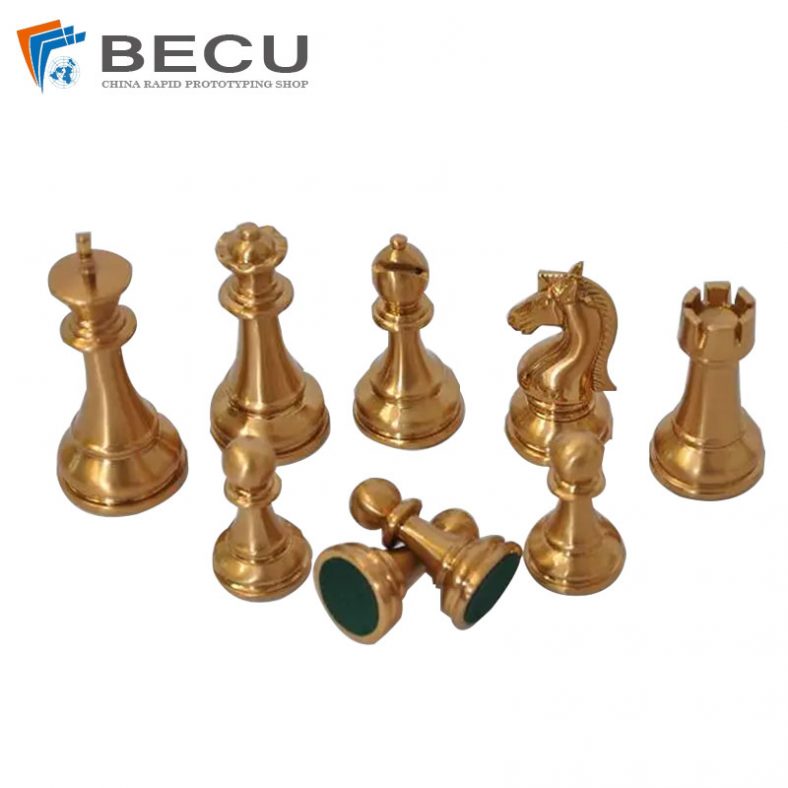
CNC Machining Metal Chess Pieces,Board And Sets
-
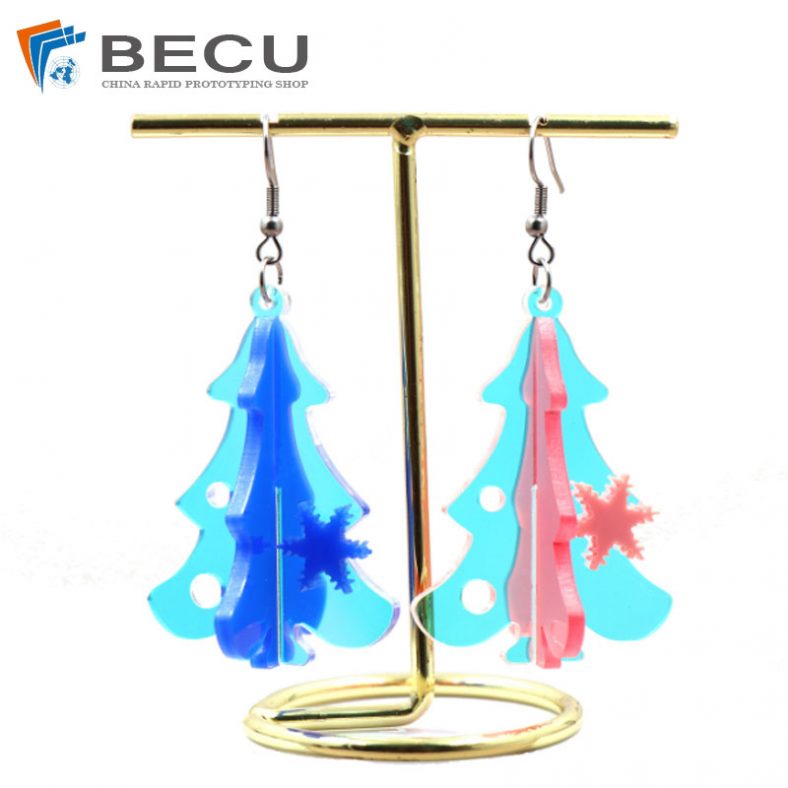
Acrylic Laser Cut Earrings
-
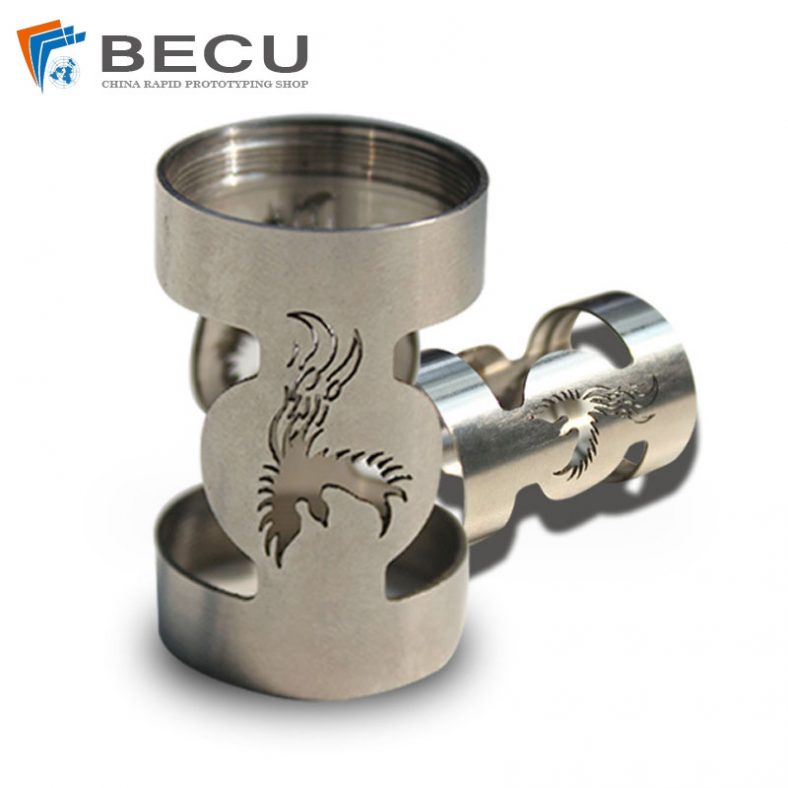
Microporous 3-Dimensional Cut Stainless Steel Circular Tube
-

Laser Cutting Iron Art Wall Decorations
-
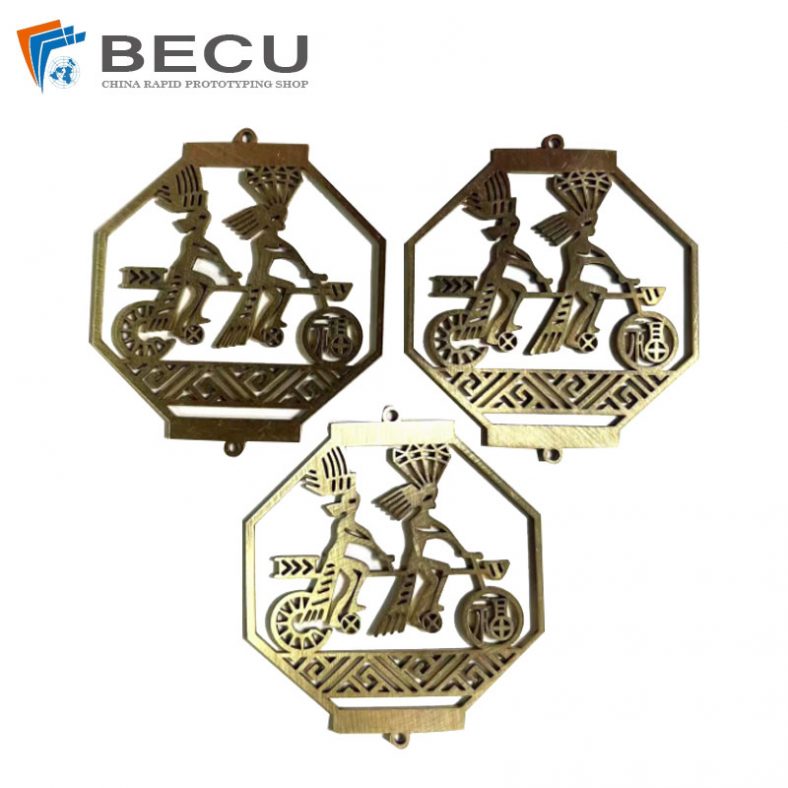
Custom Brass Hanging Signs For Wall Decorations
-
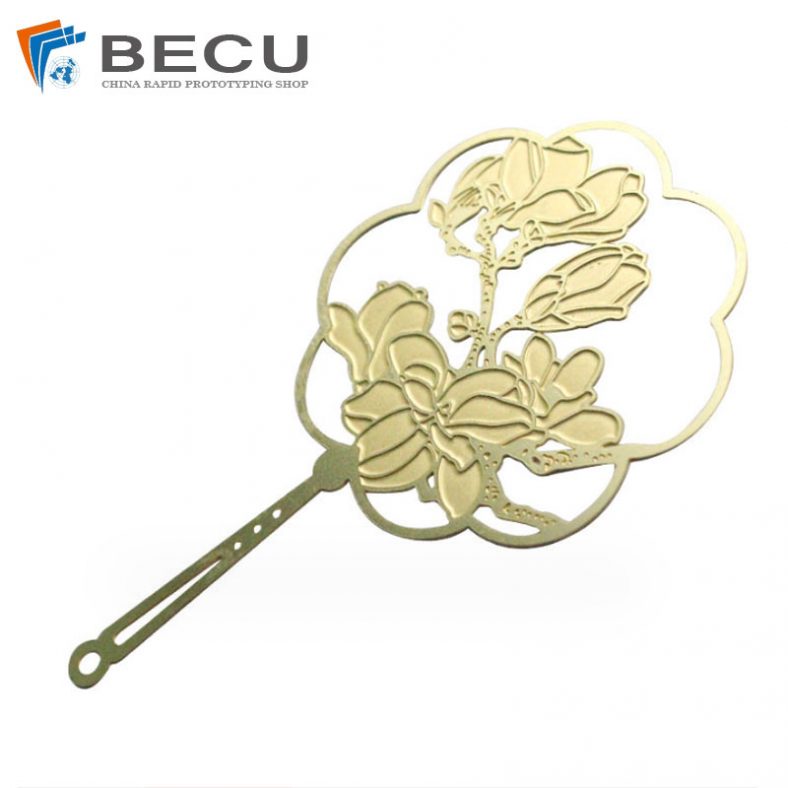
Hollow Laser Cut And Carved Copper Bookmark
-

3D Laser Cutting Of Square Tube Jewelry
-

Right Angle Laser Cut Density Board
